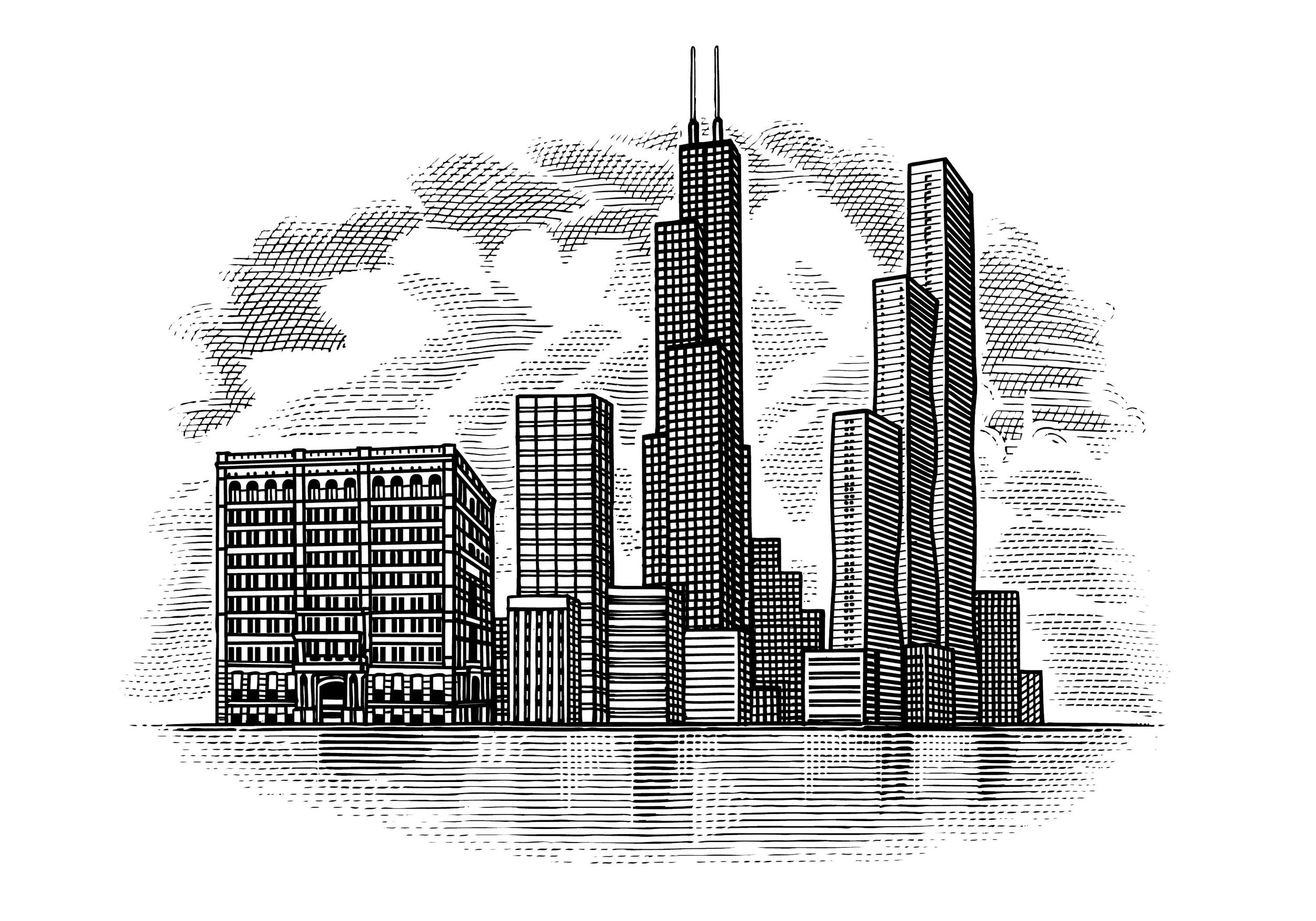The West Loop is Over
Estimated reading time: 3.5 minutes (700 words)
Five years ago, then-new Chicago Magazine food critic John Kessler wrote a piece that immediately sparked conversation, frustration, and even a little outrage.
Titled “The Party is Over,” Kessler’s contention was that Chicago’s dining scene was stagnant and stuck in the past. He made five main points, which in summary were:
We have not figured out local and seasonal cooking.
We need more exciting immigrant cooking — and we need to crow about the good stuff that’s already here.
The West Loop and its corporate overlords need to chill
Our street food culture is stuck in the past.
You have to be on Team Chicago, no questions asked.
But that was in 2018. If Kessler thought Chicago’s dining scene was bad back then, it’s arguably worse today.
Ground Zero is the West Loop, which Kessler touched on in point three. Before Covid, a strong argument could be made that Kessler was wrong about the neighborhood. Yes, restaurant groups such as Lettuce Entertain You and the Boka Group were present and expanding but they weren’t dominating the area (notably, Hogsalt Hospitality — owners of Au Cheval, High Five Ramen, Green Street Smoked Meats, and other restaurants — gets a pass from 2018 Kessler, and Au Cheval’s burger is praised as one of the best in the country).
Back then the West Loop was considered, implicitly if not explicitly, as the innovative engine of Chicago’s restaurant scene. Just go east to west down 2018 Randolph: Bellemore, Sepia, Avec, Blackbird, Au Cheval, Bad Hunter, Girl & the Goat, Green Street Smoked Meats and High Five Ramen, Leña Brava and Cruz Blanca (Rick Bayless did not depart until 2020), Elske, and Smyth and the Loyalist. Off Randolph were Next, Roister and the Aviary, Swift & Sons, Publican, Aba, Beatrix, Oriole, Monteverde, Kumiko, and Time Out Market, which debuted in 2019.
[Read The New Chicagoan’s Review of Bellemore]
If that’s not a Murderer’s Row of restaurants, it’s difficult to imagine what is. But five years and one pandemic later, it’s fair to say that the West Loop is over: over as an innovative engine, over as a local destination, and over as Chicago’s hottest food scene.
Of the 22 restaurants listed above, three are out of business, two parted ways with a critical business partner, a spinoff of one (Little Goat Diner) relocated to Lakeview, and more not named have turned over into incarnations of what Instagram influencers think fine dining should be.
This gets to the heart of the issue. Outside the old guard, and a few respectable newcomers (Ever, Rose Mary, El Che), the West Loop is now dominated by vacuous restaurants signifying nothing: Hide+Seek, Gino & Marty’s, Lyra, Nisos (closed and rebranded as Nisos Prime — but it’s not a steakhouse!), Bodega Taqueria y Tequila, Texan Taco Bar, Nights & Weekends, to name a few. Formerly vacant storefronts on Randolph are thankfully filled, but mostly by chains like Velvet Taco, Jeni’s Ice Cream, Levain, and even a Taco Bell Cantina. The food is mediocre if not outright bad, the clientele is interested in vibes, not actually creative food; everything is rote, boring, and bland. But the presentation is flashy and optimized for social media so the newcomers keep going.
[Read The New Chicagoan’s Review of Rose Mary]
The West Loop has been cannibalized by its own success. The palpable excitement that permeated the neighborhood pre-Covid has been replaced with mediocrity. Blackbird died for this.
With few exceptions, the best new restaurants of recent years aren’t in the West Loop. They’re in River North (Obélix), Hyde Park (Virtue), West Town (Kasama), Avondale (Warlord), Logan Square (Kyoten/Kyoten Next Door), and even Lakeshore East (Miru). Contra 2018 Kessler, only one of these is from a restaurant group.
The West Loop is over, but maybe that’s a good thing. The restaurants that are there — the good ones, anyway — are still benefiting from the hot landscape, and the mediocre ones that have moved in seem no worse for the wear.
The biggest winners of this shifting dynamic are Chicagoans. With the best restaurants moving outwards from downtown it’s never been easier or more accessible to experience fine dining. Maybe, with any luck, it can stay that way.
This post has been updated to correct the neighborhood where Kyoten/Kyoten Next Door is located. A previous version of this article misstated its location as Wicker Park.

